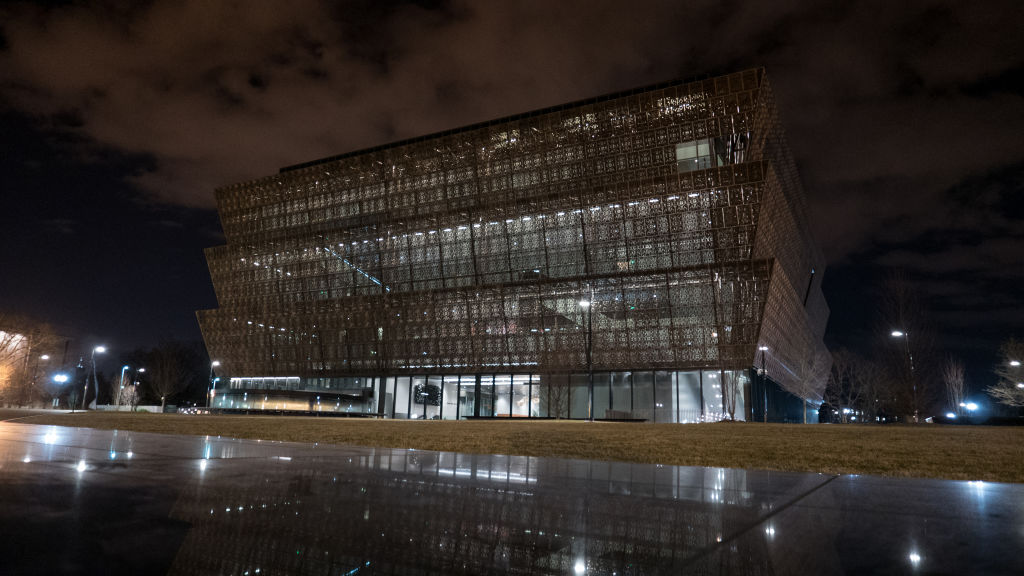Two lenders to presentations currently on view at the National Museum of African American History and Culture said their objects were removed sooner than expected, leading them to question what role Trump’s recent criticism of the Smithsonian Institution played in these changes.
A report published by NBC News this past weekend said that at least 32 objects have been removed from the galleries of the NMAAHC, one of the museums targeted by Trump in a recent executive order on “anti-American content” in the Smithsonian’s museums. It wasn’t clear why the objects were reportedly removed, however, or whether they were merely switched out to refresh the galleries.
Related Articles

But the lenders interviewed by NBC News suggested that the removals of their objects was not merely standard practice. Amos C. Brown, a civil rights activist and a pastors, had lent the NMAAHC a book on Black history written in 1880 and his father’s Bible, which Martin Luther King, Jr. had personally carried during protests. In April, roughly a month after Trump issued his executive order on the Smithsonian, the NMAAHC told NBC that removing the books was “standard museum practice” because the loan expired in May.
This weekend, however, Brown said he did not view it that way. “I feel it to be very much inhumane, disrespectful and downright unjust,” he told NBC.
The report also quoted Liz Brazelton, who had lent the diary of her great-great-grandfather. He was a lawyer who worked on behalf of Solomon Northup, a free Black man who was kidnapped and forcibly enslaved (and later immortalized in the Steve McQueen film 12 Years a Slave). Brazelton claimed the NMAAHC had returned her great-great-grandfather’s diary in March, before the end of a 10-year loan agreement was due to time out in September. The museum reportedly attributed its decision to its “internal gallery rotation schedule.”
“When I saw the executive order,” Brazelton said, “I wondered if they maybe knew something was going to happen and they rotated it out early because it was about slavery, that entire exhibit.”
Previously, the Smithsonian had addressed the removal of objects in a release in which the museum network said, “Suggestions that the Smithsonian had planned or intended to remove these items are false.”
Though it is not clear whether Trump’s executive order has played any role in the public-facing activities of the NMAAHC, the museum has, at least, faced on big change behind the scenes since March. Kevin Young, the institution’s director, stepped down from his post in April, having gone on personal leave starting on March 14, before the executive order was issued.

